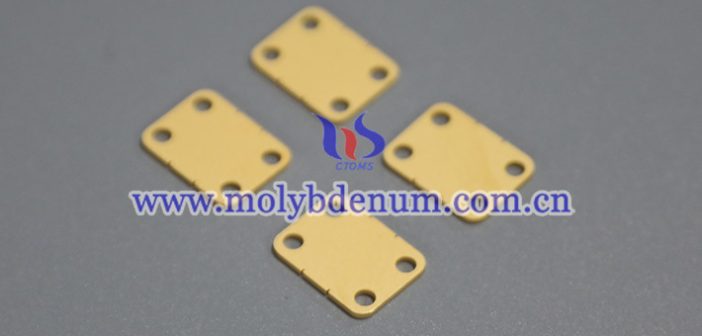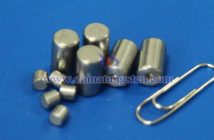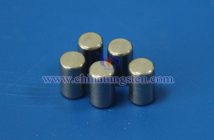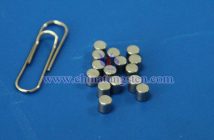Molybdenum-copper alloy is widely used in key components such as packaging heat sinks, substrates and heat sinks for high-power semiconductor devices. However, due to the complex surface chemistry and low surface activity of the alloy, it is prone to problems such as insufficient interfacial bonding, poor electrical contact performance, and unstable corrosion resistance when directly used in packaging applications. Therefore, electroplating and surface treatment processes have become a key link to improve their packaging performance.
There are two main problems on the surface of molybdenum copper: first, the chemical stability of molybdenum is high, and it is difficult to achieve direct electroplating; Second, the surface of copper is easy to oxidize, resulting in poor electroplating adhesion. Therefore, it is usually necessary to pre-treat the surface, including mechanical polishing, pickling, alkaline washing, ultrasonic cleaning, etc., to remove oxides and impurities and improve surface activity. Subsequently, an intermediate transition layer (e.g. Ni, Cr or Mo) is formed on the surface by chemical deposition or physical vapor deposition (PVD) to provide a good adhesion basis for the subsequent functional plating layer.
In terms of electroplating processes, nickel and gold layers (Ni/Au) are most commonly plated on the surface of molybdenum copper. As an intermediate layer, the main role of the nickel layer is to improve adhesion, enhance oxidation resistance and prevent intermetallic diffusion. The gold layer provides excellent conductivity and corrosion resistance, making it particularly suitable for encapsulation processes such as wire bonding and soldering. In general, the thickness of the nickel layer is controlled at 38 μm and the thickness of the gold layer is controlled at 0.10.5 μm, which can meet the performance requirements of most electronic packages.
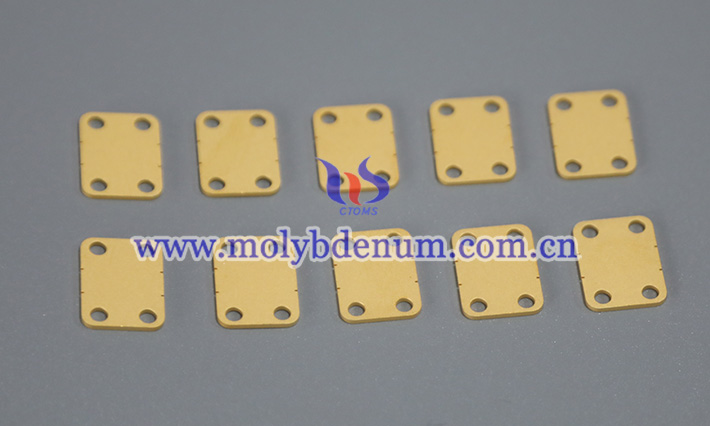
In addition to traditional electroplating technology, molybdenum-copper alloys have also adopted advanced technologies such as electroless plating, autocatalytic plating and plasma surface modification in recent years. These processes have the advantages of low temperature, good coating uniformity, and are not limited by the shape of the substrate, especially suitable for molybdenum copper parts with complex geometries. At the same time, functional coatings such as silver (Ag) coating to enhance weldability and chromium (Cr) coating to improve hardness and wear resistance can also be introduced into the surface treatment process, so as to achieve a higher degree of customization according to different packaging environments and application needs.
It is worth noting that the influence of the surface treatment process on the performance of molybdenum copper packaging is comprehensive. On the one hand, a good electroplating layer can significantly improve the interface bonding strength, reduce the contact resistance, and improve the thermal and electrical stability of the package. On the other hand, improper treatment (e.g., incomplete cleaning, overly thick or uneven plating layer) may lead to increased thermal interface impedance, decreased welding reliability, and even failure problems such as delamination and cracking. Therefore, in the packaging design of molybdenum and copper, the surface treatment must be co-optimized with the material composition, process conditions and use environment to achieve the best performance match.

